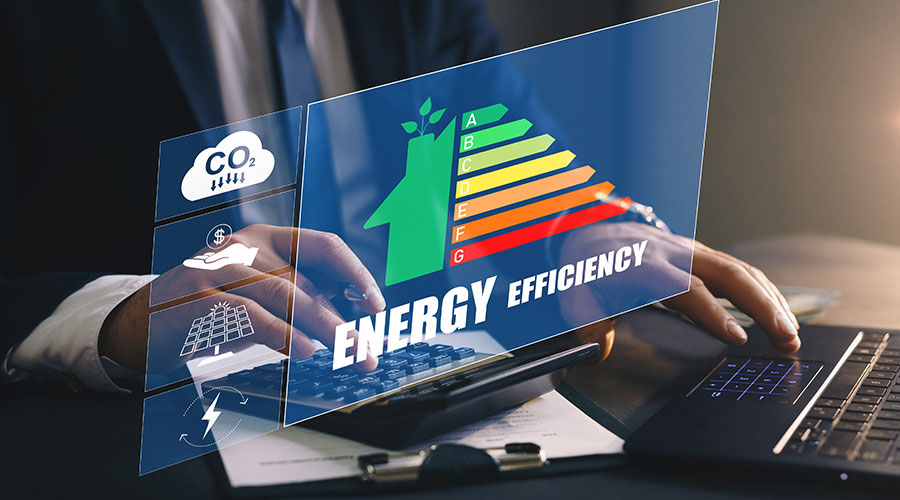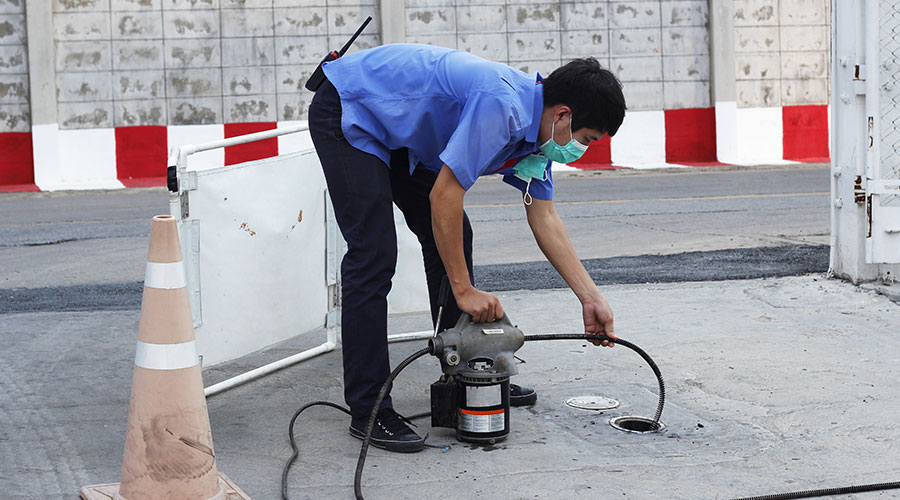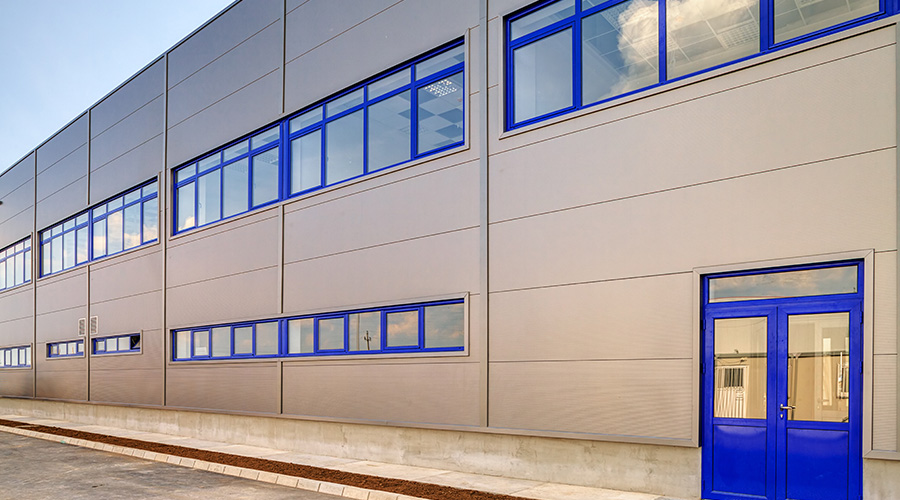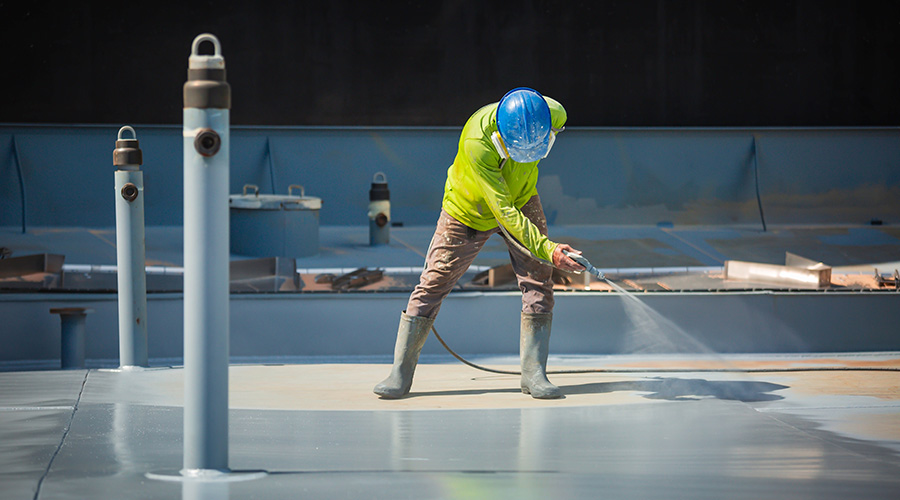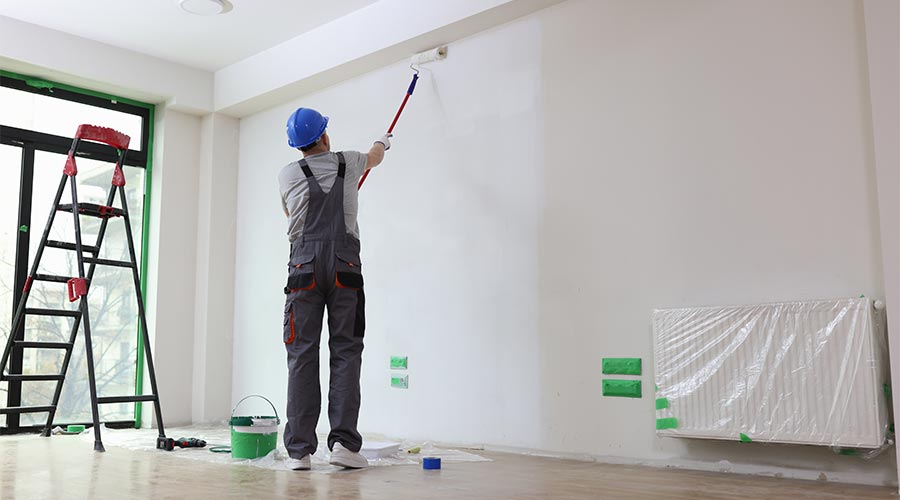Architectural Coatings Not Just for Aesthetics Anymore
Once considered mostly design elements, architectural coatings evolve to play critical role beyond aesthetics.
Gone are the days when architectural coatings for institutional and commercial facilities were only about aesthetics. Today, a growing number of maintenance and engineering managers treat coatings as critical elements in the durability and energy efficiency of their facilities.
The key to maximizing products to achieve long-term success is knowing when and how often technicians should apply coatings and specifying the most effective products for the application.
“Architectural coatings have become sophisticated performance tools that contribute directly to facility durability, sustainability and occupant wellness,” says Rick Gilbreath, principal coatings consultant for High Performance Coatings. “By moving beyond decorative considerations to embrace functional properties, facility managers can leverage these technologies to enhance building performance while reducing long-term costs and environmental impacts.”
Understanding coatings advances
Because managers increasingly view paints and coatings as more than just wall coverings, the specification process has become more complex.
“The selection of a particular coating should be based on balancing decorative value and functional value,” says Robert Cusumano, president of Coating Consultants Inc. “Choosing the correct coating will provide long-term service. This will reduce the cost and disruption caused by repainting.”
Using low- and zero-volatile organic compound (VOC) coatings minimizes or eliminates airborne pollutants and reduces the carbon footprint of the building. Low-VOC coatings also can help improve occupant well-being as a result of improved ambiance and air quality.
“Psychological comfort with certain colors and temperature control are potential benefits,” Cusumano says.
Many coating options that have low- or zero-VOC improve indoor air quality and reduce health risks for workers and occupants.
“Consider low-VOC or zero-VOC materials for interior or exterior surfaces next to air handlers that can pull outside air into the interior,” Brown says.
Coating properties such as cleanability or scrubability can make surfaces easier to clean, sanitize and maintain.
“Some exterior coating systems are formulated to provide self-cleaning capabilities that keep exterior surfaces cleaner for longer periods of time compared to conventional coatings,” Brown says.
Gilbreath says coating technology advances offer potential benefits not available in previous products.
“While some technologies remain in development, early adopters are already seeing benefits from commercial applications of these advances,” he says.
Coating technologies can include:
- Self-healing coatings with microencapsulated repair agents.
- Advanced insulative coatings using proprietary insulative solids that are applied to surfaces to reduce heat transfer and improve thermal insulation. They can also be alternatives to conventional insulation materials.
- Conductive coatings that enable surfaces to serve as controls or displays.
- Nanoscale additives, materials with at least one dimension measured in billionths of a meter that can enhance or modify the properties of other materials and can deliver enhanced performance at reduced material volumes.
Specification considerations
Managers seeking to maximize the performance of their architectural coatings should consider the following steps as they select products for technicians to apply in facilities:
- Partner with manufacturers and consultants to evaluate performance requirements.
- Develop standardized performance-based specifications aligned with facility needs.
- Ensure proper surface preparation and application methods.
- Implement regular inspection and preventive maintenance protocols.
- Document performance metrics to justify future investments.
If managers choose to have technicians apply premium performance coatings, they should remember that while the products cost more initially, they also might provide benefits related to total cost of ownership, says Gilbreath.
When forming a budget and selecting a coating that matches facility needs, managers should consider:
- extended repaint cycles to spread capital expenditures over longer periods
- reduced labor costs for maintenance and touch-ups
- lower facility disruption costs during repainting projects
- energy savings from reflective and insulating properties
- potential insurance benefits from enhanced fire resistance and other safety features
- elimination of premature coating failures.
- lifecycle costing models that demonstrate 15-30 percent lower total costs over a 10-year period compared to standard coating systems.
Howard Riell is a freelance writer based in Henderson, Nevada.
Related Topics:






